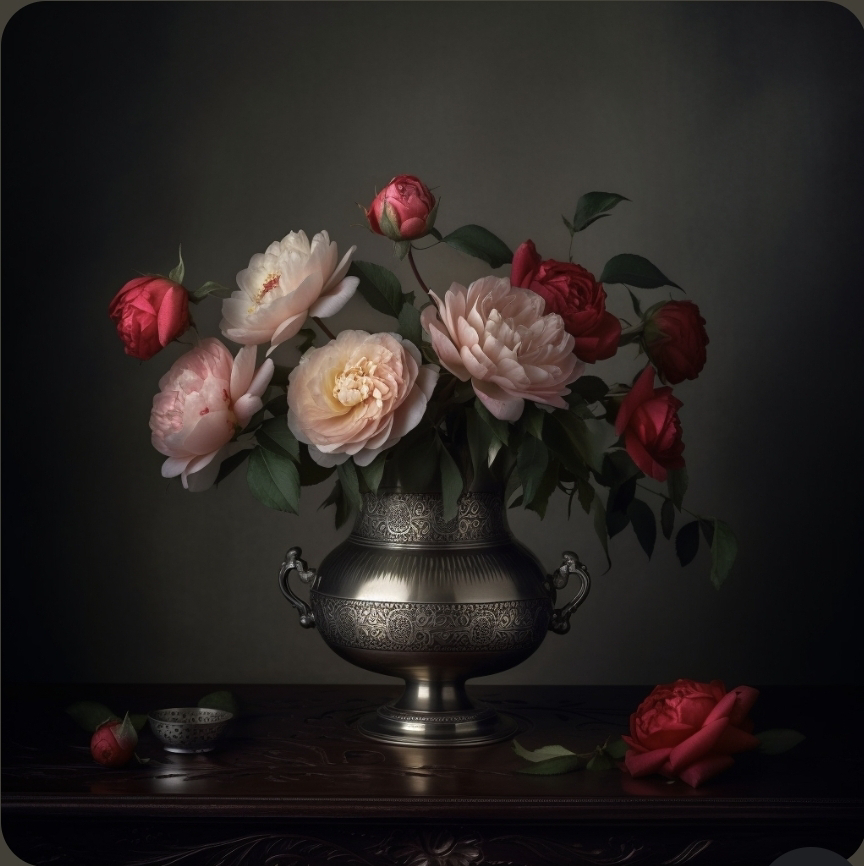Photorealist art has always been a fascinating genre, captivating audiences with its ability to depict scenes and objects with incredible accuracy, detail, and depth. With the advent of new technologies, particularly artificial intelligence (AI), the future of photorealist art is set to be even more exciting and transformative. AI-generated image-making tools are now giving artists superpowers to create works of art that push the boundaries of human imagination and redefine the very essence of creativity.
The development of AI-generated image-making tools has opened up a world of possibilities for artists. These tools, which employ deep learning algorithms and neural networks, can analyze vast amounts of visual data and generate images based on specific input parameters. This allows artists to create photorealist art with unprecedented speed, precision, and complexity.
For instance, tools like DeepArt and Runway ML enable users to create unique and visually stunning images by combining the style of one artwork with the content of another. With this technology, artists can effortlessly merge the aesthetic of a Renaissance painting with a modern cityscape or blend the intricate patterns of a tribal textile with a lush, natural landscape.
Moreover, AI-generated image-making tools can also help artists overcome the limitations of traditional photorealist techniques. By using AI to analyze and generate images, artists can create photorealist art that transcends the boundaries of human perception and captures scenes that are otherwise impossible to depict. This includes capturing microscopic details, creating images with hyperrealistic textures, and even simulating the passage of time within a single artwork.
Empowering Artists: The Superpowers of AI-Generated Image-Making Tools
The introduction of AI-generated image-making tools has the potential to empower artists in several ways:
1. Enhancing creativity: AI-generated image-making tools can help artists explore new creative avenues and generate ideas that they may not have considered otherwise. By using AI to generate images, artists can experiment with different styles, techniques, and subject matter, and ultimately push the boundaries of their artistic expression.
2. Streamlining the creative process: AI-generated image-making tools can significantly reduce the time and effort required to create photorealist art. By automating certain aspects of the creative process, artists can focus on the more conceptual and imaginative aspects of their work, allowing them to produce more art in less time.
3. Expanding artistic possibilities: AI-generated image-making tools can help artists create photorealist art that is not just visually impressive but also deeply meaningful and thought-provoking. By using AI to generate images that challenge conventional notions of reality, artists can create works of art that invite viewers to question their perceptions and engage in critical reflection.
4. Democratizing art: AI-generated image-making tools can make the creation of photorealist art more accessible to a wider range of artists, regardless of their technical skill or experience. By simplifying the creative process and providing a wealth of resources and inspiration, AI-generated image-making tools can help democratize the world of photorealist art and foster a more inclusive and diverse artistic community.
The future of photorealist art is undoubtedly exciting, with AI-generated image-making tools poised to revolutionize the way artists create and engage with their work. By harnessing the power of AI, artists can unlock new creative possibilities, streamline their creative process, and produce works of art that challenge and inspire. As AI-generated image-making tools continue to evolve and become more sophisticated, the future of photorealist art will be shaped by the artists who embrace these new technologies and use them to push the boundaries of human imagination.








No comments:
Post a Comment